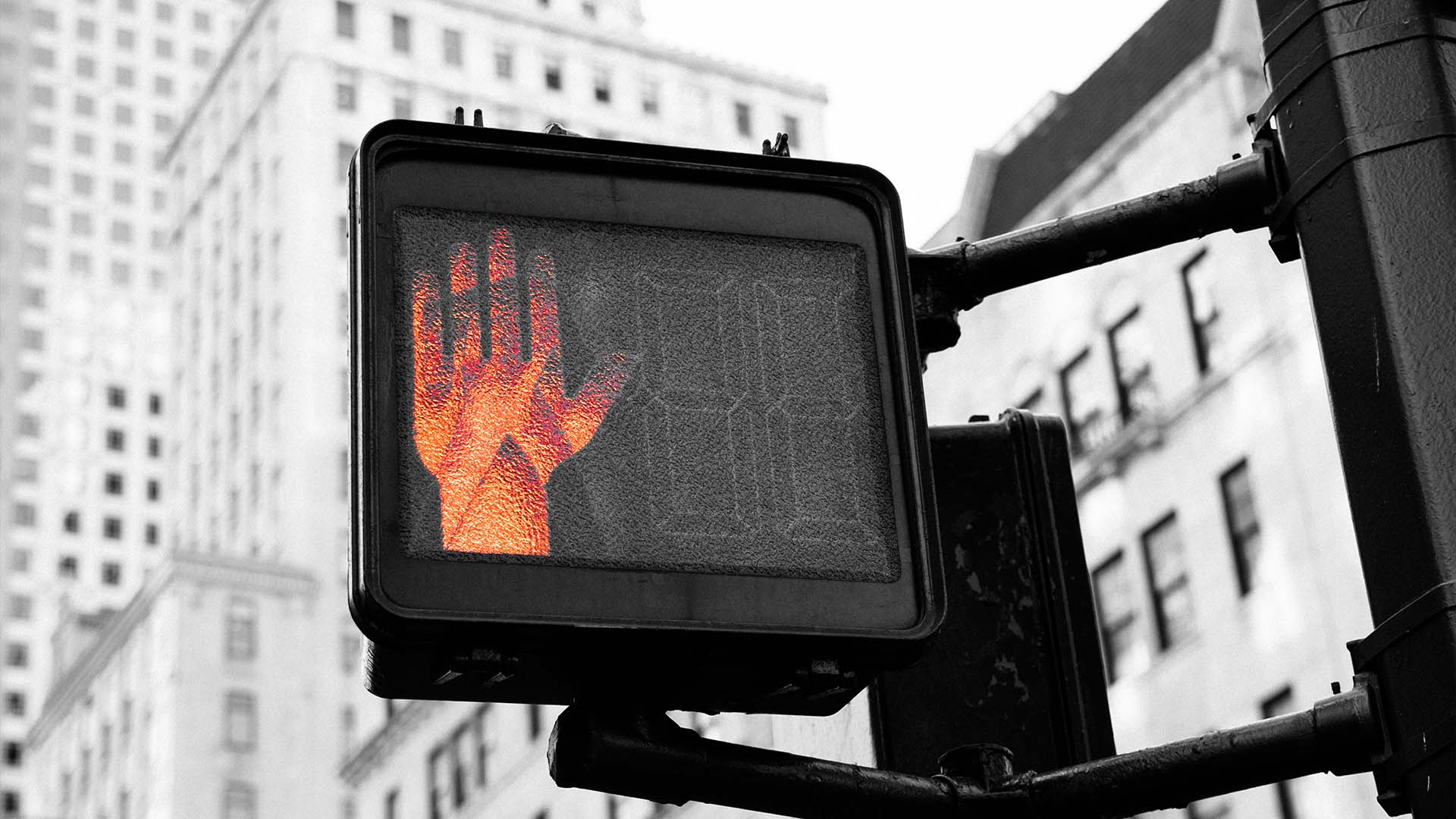In this option trading blog I will describe my advantage. I trade stocks that have relative strength and weakness to the market – that’s my edge. In my own simplistic way, I define relative strength as a stock that wants to move higher regardless of what the market is doing. In the nastiest market, this stock holds its own. At worst, it might be down 1% intraday on a big market slide, but it is the first stock to rally if the market stops going down. The opposite is true for a stock with relative weakness. It can’t find a bid no matter how much the market rallies. It gets dragged higher by its hair and at the first sign of trouble, it is ready to crumble.
I have programmed over 70 searches that help me find these stocks. Collectively, I call them the OneOption Scanner.The searches are categorized so that I know what I’m looking for in the results (i.e bullish/bearish, reversal/continuation). The stocks are posted to an interface where I can click on a symbol and quickly look at charts. Here’s what I look for.
Before I start, I look at a 1-Week chart of the SPY. I try to refresh my memory of what’s happened the last week – day by day. Any big market days up or down get etched in my mind.
Next, I start flipping through the 1-Week charts in my Scanner. In a bullish situation, I’m looking for a nice tight grind higher with very little volatility. If there was a weak market day, I take particular interest in the price action the stock showed that day. If it hardly even budged, it tells me the bid is very strong. In some cases you’ll see it momentarily dip and quickly rebound. This information tells me that the natural sellers that were lightening up positions were immediately met by buyers. When you look at the chart, that is why the stock exhibits such an orderly march upward. If you had to find an ideal pattern, it would look like someone drew a 45 degree angle with a ruler. You won’t find this very often, just be aware of it when you see it.
Next I zoom out to a 1-Month chart to see if that shows a similar pattern. If it does, I will zoom out to a 1-Year chart. Again, identify major trend lines and try to visualize a relationship to the overall market. If you prefer, you can do an overlay with the SPY and the relationship will be more obvious.
As you zoom out there are a few things to keep in mind. If a chart is going parabolic, avoid it. It usually signals that it is getting over bought (don’t short it either). You may also run across stocks that are collectively strong and belong to the same group. Always go with the strongest/best of breed stock. If a stock has moved considerably higher and all of a sudden it gets choppy and the daily range expands – beware. The whippy action might be signaling that the buyers are getting tired or more sellers are present – hence the volatility.
Often, stocks that are strong need a day or two of rest after a big move. You just want to make sure that they are not getting too far ahead of themselves. Let’s take a look at a stock with relative strength and one with relative weakness.
The first stock is a bullish candidate. UST is a tobacco company and there has been a rotation into the group. If you look at a 5-day chart, you will see a nice grind higher. Normally, I would like the price action to be tighter. A closer look at UST shows that it was strong out of the gate last Friday and even after the market reversal it was only off a little. Today, it is up in a weak market. I picked this stock for two reasons. One is that it has recently taken on a parabolic look when you look at the 1-Year chart. That means extra caution should be used. Another reason I picked this stock is to compare how strong it has been during the recent 2-month market sell-off.
LEE is a bearish example and the stock is relatively weak. Don’t bother with the 5-Day chart on this one. Just look at the 1-Year chart. This is about as weak as it gets. It signifies long term persistent weakness. Think about all of the market rallies that have taken place during this slide and not one of them generated a short covering rally. This tells you that the sellers are ready to hit any decent bid and the stock never has a chance to get off the deck.
When I talk about relative strength/weakness, it should not be confused with the RSI indicator which measures a stock’s relative strength or weakness to itself. Although I don’t use it in my studies, Alpha is a measure of a stock’s performance relative to the market. On a 6-8 week basis, weighted Alpha places more weight on the most recent activity and I would consider it a decent measure. If you have a source for Alpha you might consider giving it a try with the observations I’ve provided.
UST and LEE may have run their course and I would not suggest taking a position in either. However, imagine you were bearish on the market the first four months of 2006. If you were short LEE, you would have made money even though you were wrong on the market direction. Conversely, think about how you would have done with a long position in UST the last four months had you been bullish. That is the “edge” that I trade.
In the next article I will find a couple of live examples and I will try to add some charts to drive home the points.
If you have any that you think might fit the bill, send me a comment.









